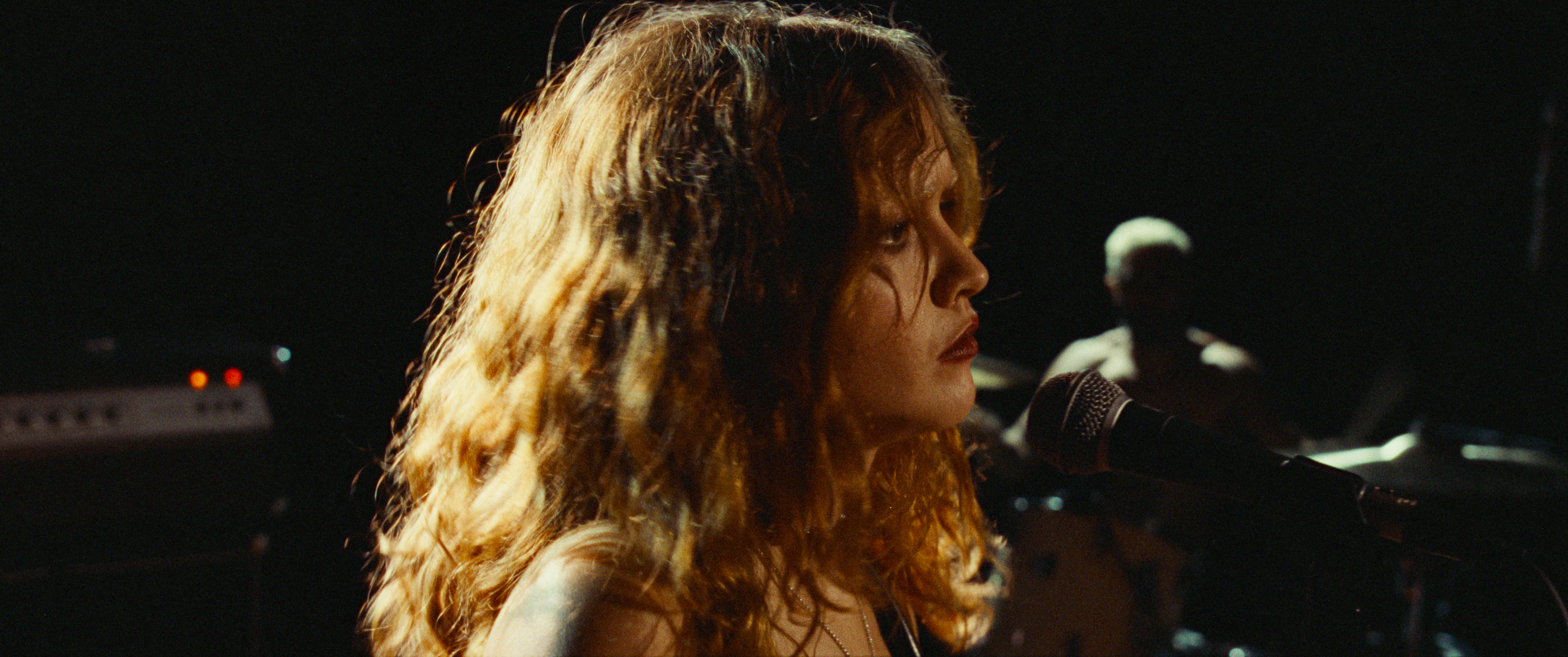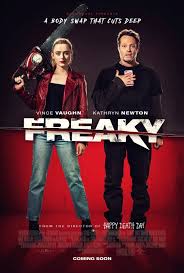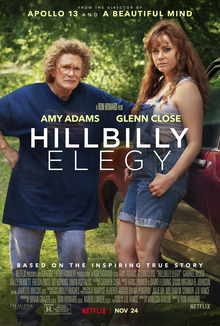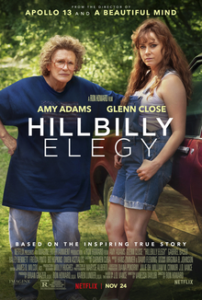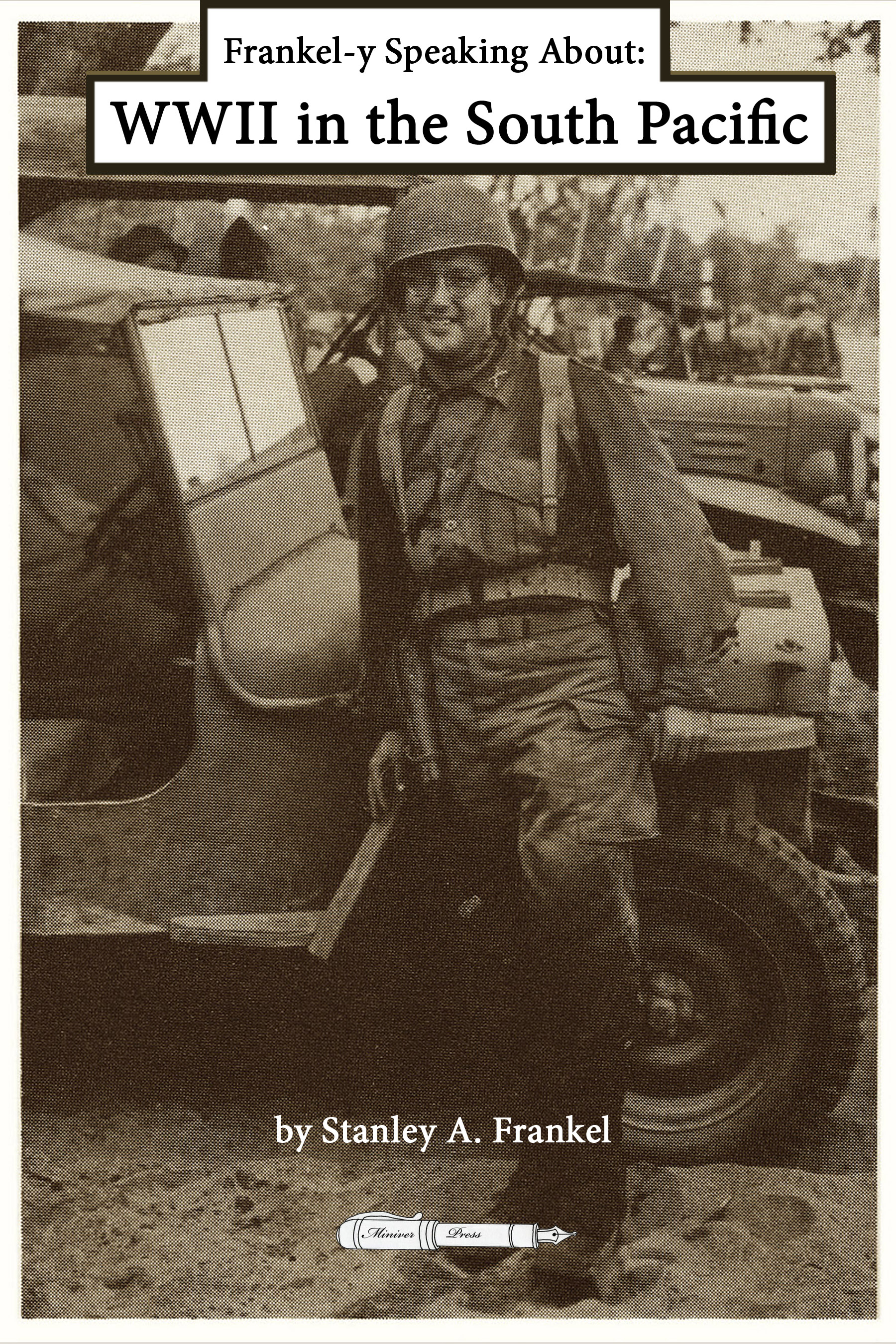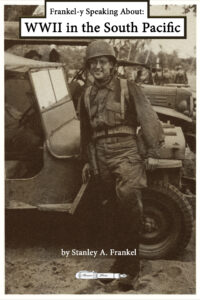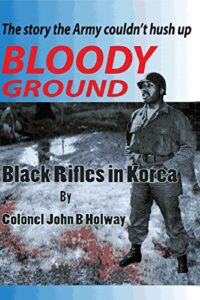Sound of Metal
Posted on November 19, 2020 at 5:31 pm
A-| Lowest Recommended Age: | Mature High Schooler |
| Profanity: | Very strong language |
| Alcohol/ Drugs: | Drug addiction |
| Violence/ Scariness: | Some graphic images of an operation |
| Diversity Issues: | A theme of the movie |
| Date Released to Theaters: | November 20, 2020 |
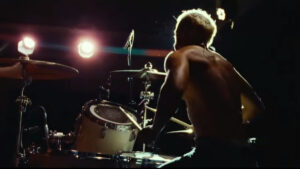
This is a remarkably assured debut from co-writer/director Darius Marder and his co-writer/composer/brother Abraham Marder. In an interview with me and a small group of other journalists, Darius Marder said making music the center of Ruben’s life was appealing because music connects people and because hearing loss is both a personal and professionally devastating for a musician. But he also said that music serves as a metaphor for relationships. We all have our own place within a relationship,” Darius said. “I play the drums and you play guitar and together we make this music. But what are we if we start pulling those sounds apart? If you leave, what is left? Abraham and I were both inspired by the concept of using this two-person band as a metaphor for a relationship. Even though it is steeped in a very specific music world, the intention was for it to be universal in
feeling.”
The Marders trust the audience to lean in to the film, to not need to have every detail explained in advance. So we gradually learn that Ruben is a former heroin addict, who has been clean for four years with the support of his girlfriend and bandmate Lou (Olivia Cooke) and his utter devotion to music. We can see from the performance that leads off the film that Ruben gives everything he has to the raw emotion of the punk/metal music he and Lou play.
And then, suddenly, he hears a pop and then sounds are muffled and distorted. A doctor tells him it may be a result of the heroin use and that it isn’t coming back.
It’s just like the Elizabeth Kubler-Ross stages for impending death. The first stage is denial. Ruben plays another gig. He is sure he can fix this. But he can’t. Lou takes him to a rehab program for addicts with hearing loss led by Joe (played by Paul Raci, the son of Deaf parents). The program is attached to a school for Deaf children and at first Ruben is put in class with them to learn to sign.
The Marders show us in an understated way that Ruben’s addictive personality has just transferred from drugs to music and Lou. Away from both, he is lost. He learns to sign and begins to be a part of the new community but he is determined to get back what he lost, at any cost.
Ahmed, Cooke, and Raci all give understated, natural performances that draw us into the story even more than the immersive sound design. Much of Ahmed’s performance is in his deep, expressive eyes, making Ruben one of the most memorable characters on screen this year.
Parents should know that this movie includes very strong language and discussion of substance abuse. There are some graphic images in a scene of an operation.
Family discussion: What will Ruben do next? Did he make the right decision about the operation? Why does Joe insist that Deaf people do not need to be “fixed?”
If you like this, try: “One Trick Pony”

